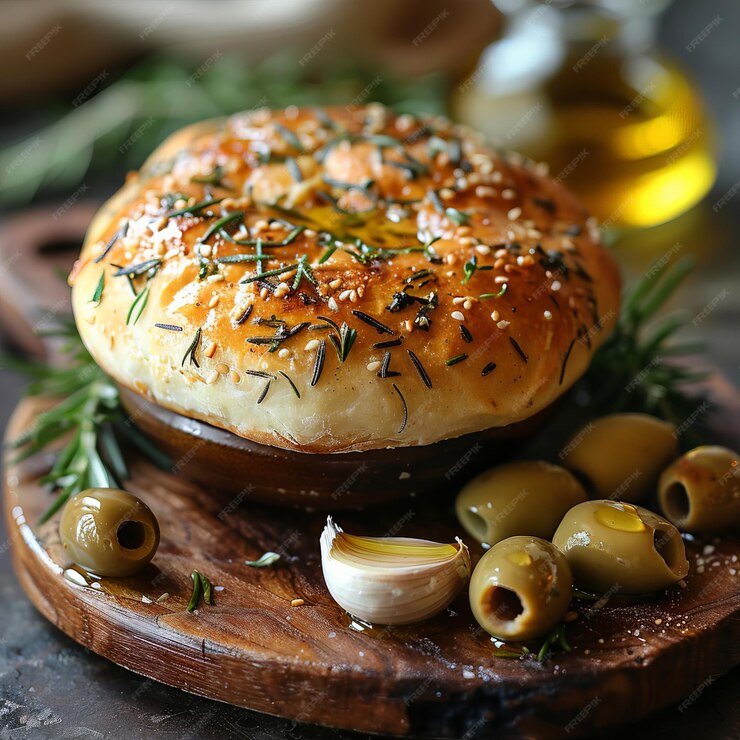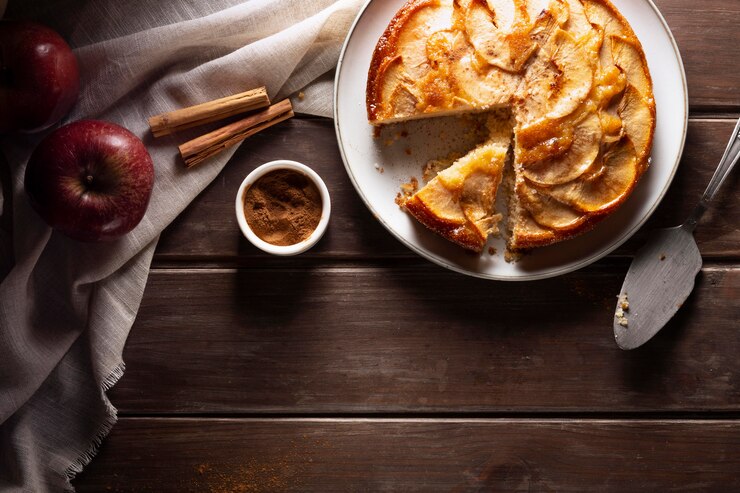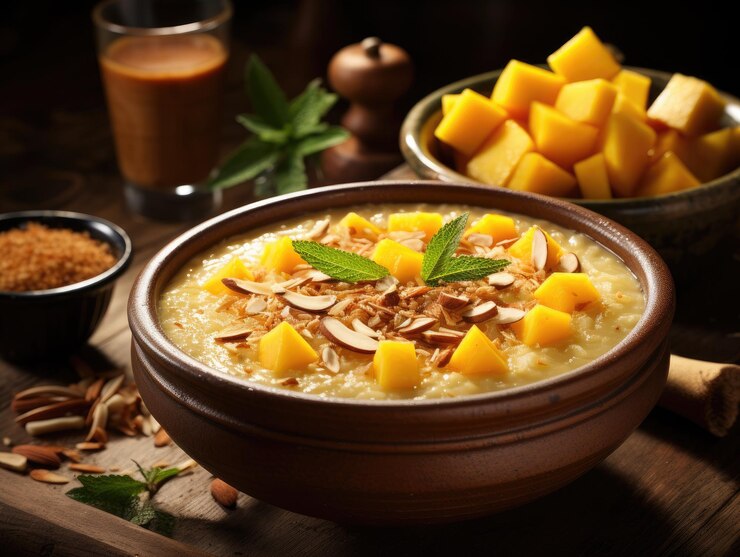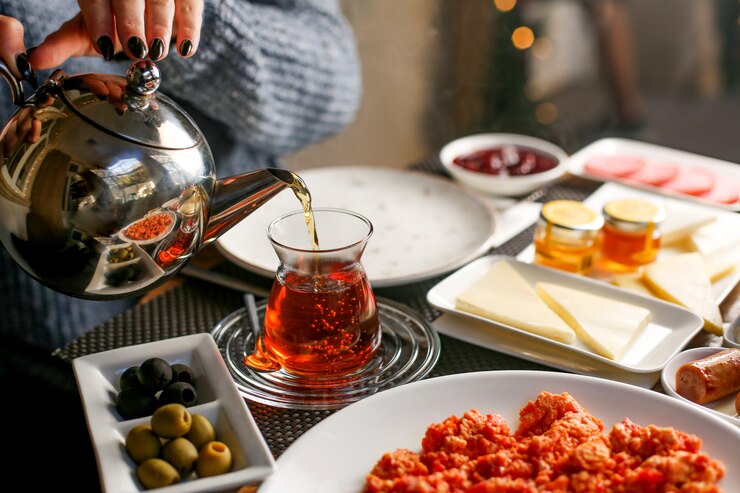Cooking the perfect steak is both an art and a science, and one of the most coveted levels of doneness is medium rare. Known for its tender, juicy texture with a flavorful pink center, medium rare is often considered the ideal way to enjoy a high-quality cut of steak. But what temp is medium rare, and how can you achieve this level of doneness consistently?
In this guide, we’ll answer all your questions about cooking a steak to medium rare, the ideal internal temperature for this doneness, and the best methods to ensure you get it just right every time. Whether you’re a novice cook or a seasoned home chef, this information will help you master the art of the perfect medium rare steak.
What Is Medium Rare Steak?
A medium rare steak is cooked so that the outside is browned and slightly crisp, while the inside remains juicy, tender, and pink. When cooked correctly, the steak will have a warm red-to-pink center that’s still slightly soft but not raw. This level of doneness is prized for its balance between flavor and texture—it allows the natural juices and flavors of the meat to shine through without being overcooked.
The hallmark of a medium rare steak is the balance between the caramelized crust and the tender, moist interior. It’s particularly popular with cuts like ribeye, filet mignon, and New York strip, which have a rich flavor that benefits from being cooked to this level.
What Temp Is Medium Rare?
The ideal internal temperature for a medium rare steak is 130°F to 135°F (54°C to 57°C). This is the temperature at which the meat reaches the perfect balance between doneness and tenderness. Here’s a quick breakdown:
- Rare: 120°F to 125°F (49°C to 52°C)
- Medium Rare: 130°F to 135°F (54°C to 57°C)
- Medium: 140°F to 145°F (60°C to 63°C)
- Medium Well: 150°F to 155°F (65°C to 68°C)
- Well Done: 160°F+ (71°C+)
For a medium rare steak, the center should remain pink and warm, but not raw. When the internal temperature hits 130°F to 135°F, the steak has the right amount of juiciness and tenderness, with a slight firmness on the outside.
How to Measure the Temperature of a Medium Rare Steak
To accurately measure the internal temperature of your steak, you’ll need a reliable meat thermometer. Here’s how to use it:
- Insert the Thermometer into the Thickest Part: When checking the temperature, insert the thermometer into the thickest part of the steak, making sure not to touch any bone or the cooking surface.
- Check for the Desired Temperature: For medium rare, the temperature should read between 130°F and 135°F. It’s important to remove the steak from heat as soon as it reaches this temperature, as it will continue to cook slightly while resting.
- Let the Steak Rest: After cooking, let your steak rest for about 5 minutes. This allows the juices to redistribute, giving you a more flavorful and tender bite.
Cooking Methods to Achieve Medium Rare Steak
Achieving the perfect medium rare steak can be done using a variety of cooking methods. Whether you prefer grilling, pan-searing, or using the oven, here’s how to get that ideal temperature.
Grilling a Medium Rare Steak
Grilling is one of the most popular methods for cooking steaks. Here’s how to grill a medium rare steak:
- Preheat the Grill: Make sure your grill is preheated to high heat (around 450°F to 500°F) before placing the steak on the grates.
- Sear Both Sides: Place the steak directly on the grill and sear for 3 to 4 minutes per side, depending on the thickness of the steak.
- Use Indirect Heat: After searing, move the steak to a cooler part of the grill to cook more gently. Continue grilling until the internal temperature reaches 130°F to 135°F.
- Rest Before Serving: Remove the steak from the grill and let it rest for 5 minutes to allow the juices to settle.
Pan-Searing a Medium Rare Steak
Pan-searing is an excellent option for cooking a steak indoors. Follow these steps for a medium rare steak:
- Heat the Pan: Preheat a heavy skillet (like cast iron) over medium-high heat. Add a bit of oil or butter to prevent sticking.
- Sear the Steak: Place the steak in the pan and cook for about 3 to 4 minutes on each side to get a good sear. You’re looking for a browned crust.
- Check the Temperature: Use a meat thermometer to check the internal temperature. Once it reaches 130°F to 135°F, remove the steak from the heat.
- Let It Rest: Like grilling, allow the steak to rest for a few minutes before slicing to preserve its juices.
Oven Cooking a Medium Rare Steak
Cooking a steak in the oven can yield excellent results, especially if you use the reverse-sear method.
- Preheat the Oven: Preheat your oven to 250°F to 275°F.
- Slow Cook the Steak: Place the steak on a wire rack over a baking sheet and cook it in the oven until the internal temperature reaches around 120°F.
- Sear the Steak: After the steak has reached the target temperature in the oven, heat a skillet and quickly sear the steak for 1-2 minutes per side to form a crust. The internal temperature should now reach 130°F to 135°F for medium rare.
Choosing the Right Steak Cut for Medium Rare
Not all steak cuts are created equal, and some cuts are better suited for cooking to medium rare. Here are a few of the best cuts to cook to this level of doneness:
- Ribeye: Known for its marbling and tenderness, ribeye is a perfect candidate for cooking to medium rare. The fat content ensures juiciness and rich flavor.
- Filet Mignon: This cut is exceptionally tender and benefits from being cooked to medium rare, which keeps its delicate texture intact.
- New York Strip: With a balance of tenderness and flavor, the New York strip is a popular choice for medium rare steak lovers.
- Sirloin: Sirloin is leaner than other cuts, but cooking it to medium rare preserves its juiciness and natural flavor.
Why Cook Steak to Medium Rare?
Many steak enthusiasts agree that medium rare is the best way to cook a steak, and here’s why:
- Flavor: Cooking steak to medium rare ensures that the meat retains its natural flavors and juices. Overcooking can cause the steak to dry out and lose its tenderness.
- Texture: Medium rare steaks are tender and juicy, with a soft center that’s still cooked through. This texture is ideal for enjoying the full experience of a high-quality cut of meat.
- Even Cooking: Cooking a steak to medium rare strikes a balance between a well-browned crust and a properly cooked interior, giving you the best of both worlds.
FAQs
How long should I cook a steak for medium rare?
Cooking times vary depending on the thickness of the steak and the cooking method, but a general rule is 3 to 4 minutes per side on high heat, followed by a check of the internal temperature with a meat thermometer.
Is medium rare safe to eat?
Yes, medium rare steak is safe to eat as long as the internal temperature reaches 130°F to 135°F. This temperature ensures the meat is cooked enough to kill harmful bacteria while keeping the meat tender.
What is the difference between medium rare and rare?
Rare steak is cooked to an internal temperature of 120°F to 125°F, and the center is cooler and more red than medium rare. Medium rare has a warm pink center and is cooked to 130°F to 135°F.
What happens if I overcook a medium rare steak?
Overcooking a medium rare steak results in a loss of juiciness and tenderness. If you cook it past 145°F, the steak will become more firm and lose much of its natural flavor and moisture.
Can I cook other meats to medium rare?
While medium rare is ideal for beef steaks, other meats like chicken, pork, and lamb have different safe cooking temperatures. For example, chicken should be cooked to 165°F for safety, while pork can be cooked to 145°F.
Do I need to rest the steak after cooking?
Yes, resting the steak for about 5 minutes after cooking allows the juices to redistribute, ensuring every bite is tender and flavorful.
Conclusion
Cooking a steak to medium rare is the perfect way to enjoy a juicy, tender piece of meat with just the right amount of pink in the center. By aiming for an internal temperature of 130°F to 135°F, you can master the art of the perfect medium rare steak, whether you’re grilling, pan-searing, or using the oven. With the right tools and techniques, you’ll be able to serve up delicious, restaurant-quality steak every time.











